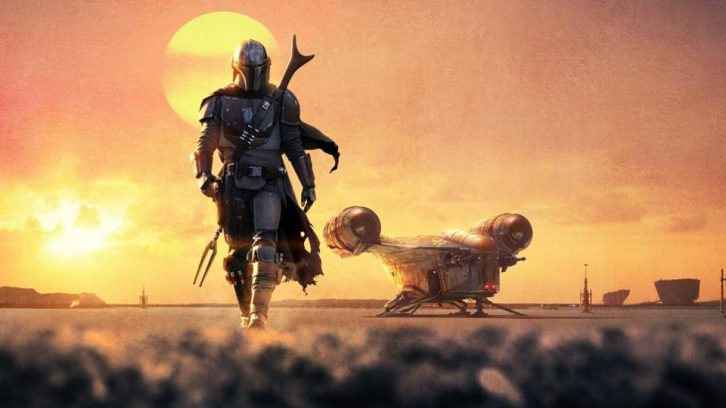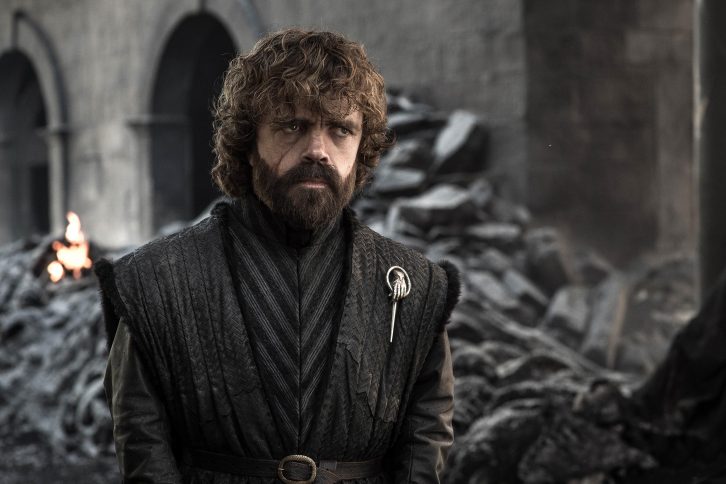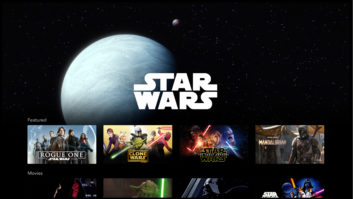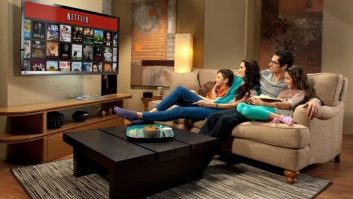For an indicator of the rate of change in the M&E industry, look no further than the way we consume SVoD shows. Viewers had only just gotten used to the new model of watching TV – bingeing a Netflix series released in one go – when suddenly it changes back again. Apple TV+ and Disney Plus have both adopted weekly release schedules, meaning Star Wars fans have to wait a week at a time to see the next stage of Baby Yoda’s adventures. Toby Holleran, senior analyst at Ampere Analysis, points to a precedent set by Hulu, majority owned by Disney. “Some of its flagship shows such as The Handmaid’s Tale were released on a weekly schedule, so Disney may have felt this was a successful release system when releasing The Mandalorian,” he observes. “Additionally, much of the content available on the service at launch, consumers may have seen before, so the opportunity to create additional awareness through episodic release can create an extended chance to create hype.”
With more streaming services being released than Yoda can count on six fingers, customer retention is key. “Generally we have seen SVoD services with less extensive or well-established catalogues go down this route because there is less content available to keep the viewers’ attention after finishing the flagship shows,” says Holleran. “Netflix for example only really does this with Netflix exclusives where the TV show will be aired on linear TV in another country – such as with Better Call Saul, which airs on AMC Networks on a weekly basis in the US. In contrast, Amazon did that with one its highest profile early originals, The Grand Tour. While this may have been to emulate the broadcast schedule of the presenting trio’s previous show, it could also discourage subscribers watching the earliest episodes from signing up for a free trial and then cancelling after they’ve watched the shows.”

As well as reducing subscriber churn, this return to a more traditional release model also allows for more synchronised discourse around a show. According to Ampere, almost 75 per cent of US SVoD subscribers frequently watch several episodes of a TV show back to back, while nearly 60 per cent said they feel TV gives them something to talk about with others. “Bingeable shows can lead different consumers to be at differing points within the season making it more difficult to freely discuss TV shows without accidentally spoiling a key plot twist, or having to clarify how far a friend or colleague is into a particular season before discussing it openly,” explains Holleran.
Episodic releases on the other hand generate a week-long buffer for social media hype to snowball, as Holleran notes: “Game of Thrones had incredible social media hype and when the final season was airing, the growing suspense led to a large amount of speculation about how the show would end. This would not have been possible with a full-season launch as the press would need to be careful to not spoil the TV show to viewers who prefer to take their time with a single season. Additionally, separate release schedules across countries can have an impact – Rick and Morty fans in the UK may have to tread carefully on Reddit and other platforms whilst waiting for Channel 4 to release new episodes after their US release, for example.”

With Disney Plus’ The Mandalorian overtaking Stranger Things as the most in-demand show in America, will Netflix move towards a staggered release model or are they bingeing all the way? “Netflix does seem to be increasingly splitting seasons, such as the final season of Bojack Horseman, in two – although this still allows consumers to binge available episodes,” says Holleran. “This could be down to a few things, such as wanting to maintain a consistent flow of content for its bigger franchises, but also to reduce churn as consumers await the second batch of episodes, and provide additional organic marketing for the shows. However, our data suggests that Netflix has only commissioned 10 co-productions so far this year, so even if episodic release were a condition of the deal, it wouldn’t impact many of Netflix’s upcoming originals.”
Perhaps a future where bingeing culture feels like a long time ago may not be so far far away.







